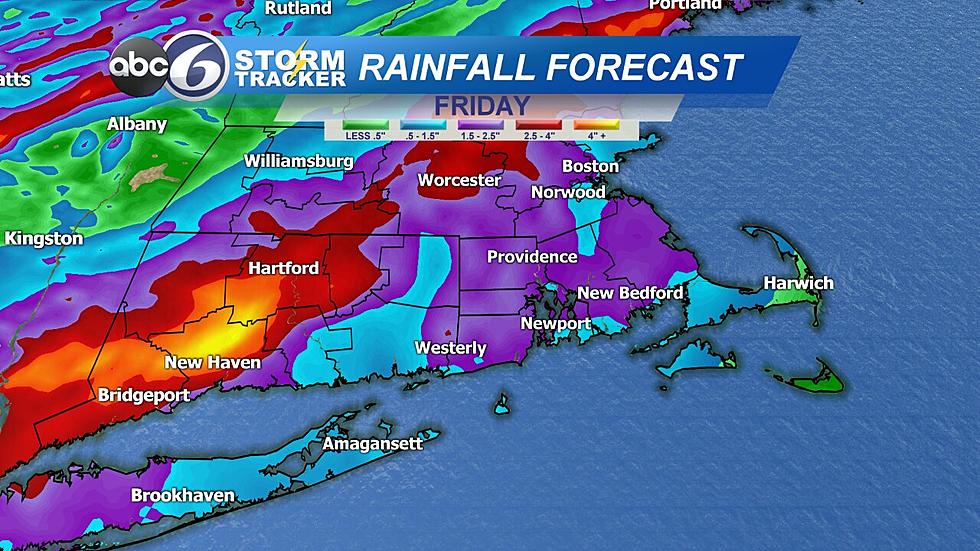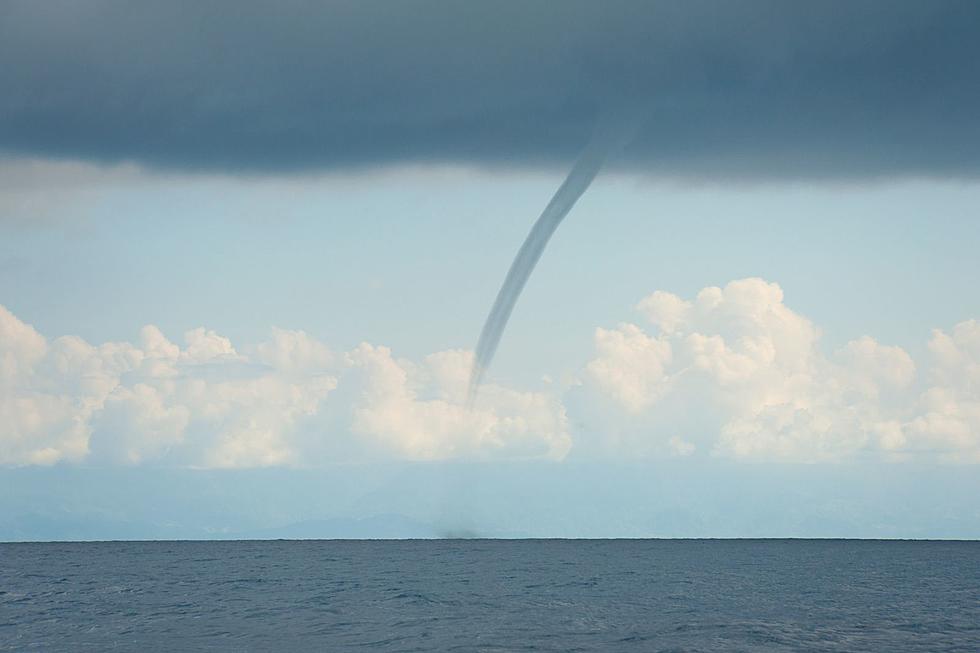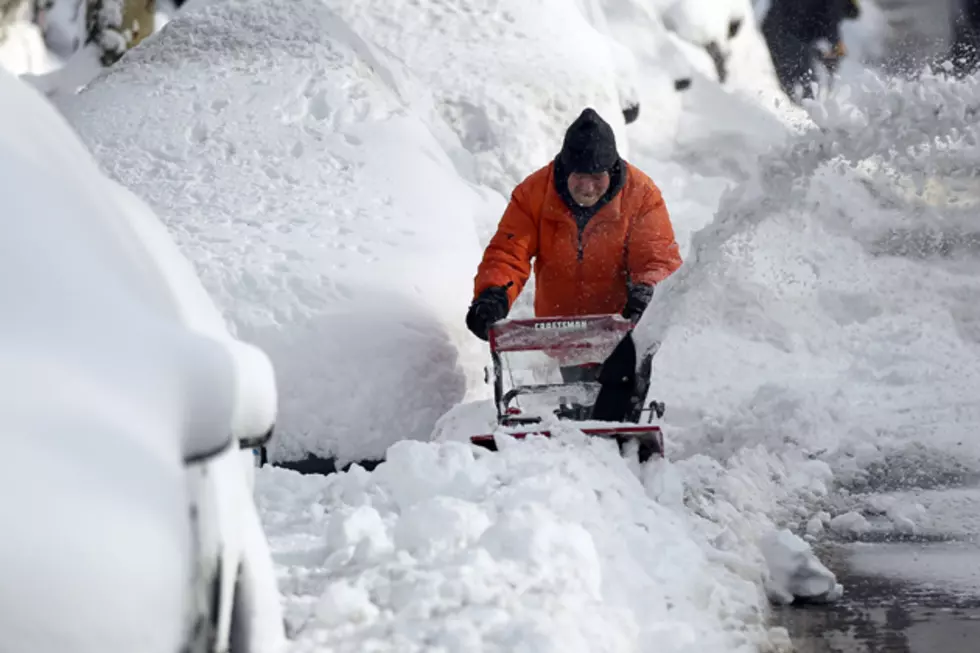
Heavy Rain, High Winds Hitting SouthCoast Friday: How to Prepare
Tropical Storm Elsa is slowly making its way further north, with the SouthCoast is in its path. The storm is expected to make its way through much of Massachusetts on Friday, and right now, there's a lot of different forecasts being thrown around. From high winds and heavy rainfall to flash flooding and tornadoes, it seems like a lot is possible, but what can we actually expect as Elsa nears the SouthCoast? Should we be worried?
ABC6 chief meteorologist Jeff Desnoyers said the height of the storm will come tomorrow morning, mostly between 7 a.m. and noon.
"The main threat will be Elsa, coming in by daybreak with some heavy rainfall, winds gusting up to 40, 45 miles an hour, [with] potential for power outages," Desnoyers said.
Parts of Massachusetts, Rhode Island and northern Connecticut are also under a flash flood watch starting at midnight and running through 4 p.m. on Friday.

It certainly sounds like anything more severe is pretty unlikely, but the threat of the storm has been enough to close a few places across the SouthCoast for the day. New Bedford Mayor Jon Mitchell's office announced Thursday that the city's beaches and Fort Tabert Park will close Friday due to the Tropical Storm Warning.
So let's talk worst case scenario because it's always better to be safe than sorry. If you're looking to prepare for a tropical storm, where do you even start? The CDC has an extensive list of recommendations for how to best prepare in the days before a storm nears.
First, write down your emergency contact numbers. Especially nowadays with the ability to save all our important phone numbers on our phones, it's so important to have a physical copy in case something happens to your cell phone.
Then, start preparing an emergency supply kit. Include an emergency stash of food and water, power sources like flashlights and batteries, important documents, a fire extinguisher and personal items like medications, inhalers, glasses or contacts, pet supplies and more. Even more important given the pandemic, the CDC also recommends packing supplies like disinfectant wipes and spray, soap, hand sanitizer and masks for the whole family.
Prepare your home, clearing your yard of anything that could blow around in high winds and securing and bringing things like patio furniture and bikes inside or under cover.
Finally, you'll want to start thinking of what you'll do if you need to evacuate. Locate your nearest shelter ahead of time and map out different routes to the shelter from your home. Pet owners should also plan ahead, finding shelters or pet-friendly hotels they can use during an evacuation. Once you have your plan all set, go over it with your family and watch for updates. Make sure you're ready to evacuate if needed, and never ignore an order to evacuate.
TIPS: Here's how you can prepare for power outages
LOOK: The most expensive weather and climate disasters in recent decades
KEEP READING: Get answers to 51 of the most frequently asked weather questions...
More From WFHN-FM/FUN 107









